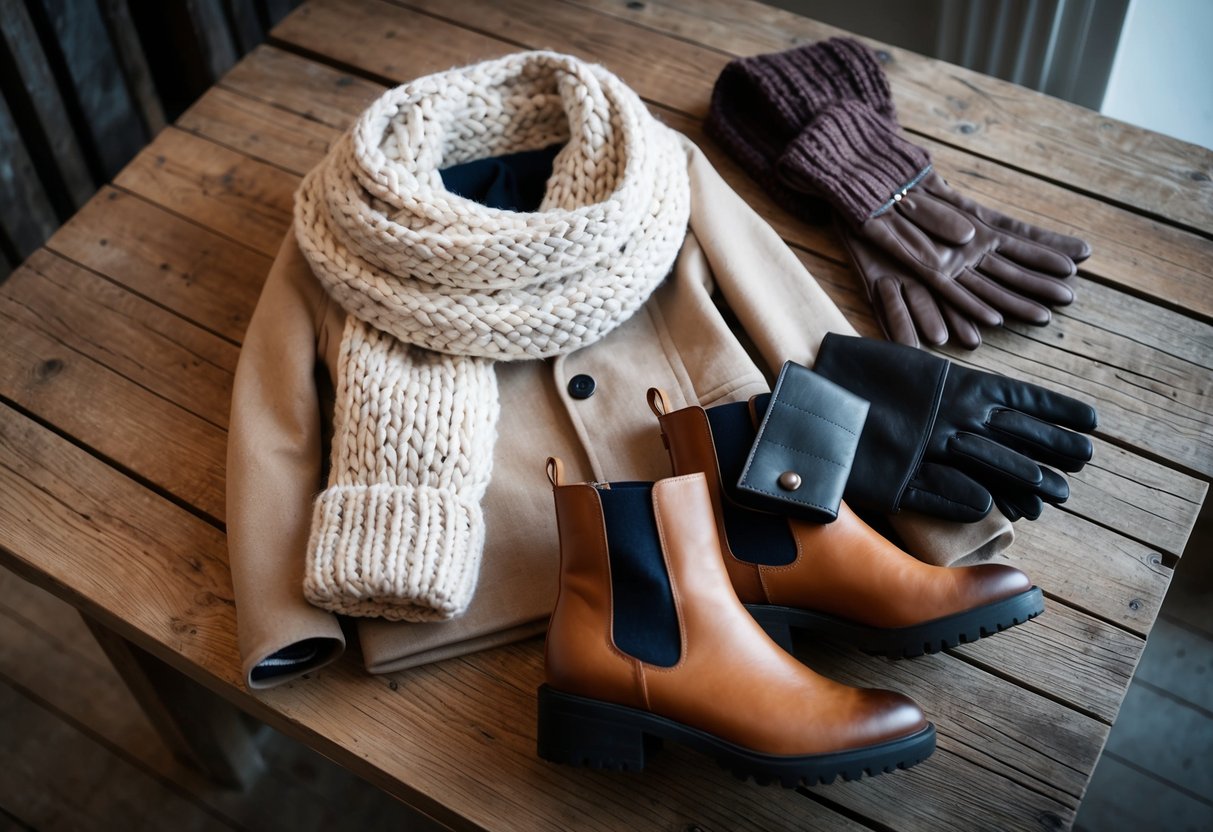
Smart Fabric Choices
Selecting the right fabrics is crucial for staying warm while maintaining style during winter. Wool is a top choice for winter coats due to its durability and excellent insulation. This natural fiber offers warmth while remaining lightweight and breathable, making it a comfortable pick for chilly days.
Cashmere is another popular fabric that delivers both luxury and warmth. Soft to the touch and visually appealing, cashmere elevates any outfit. Its insulating properties make it perfect for knitwear, ensuring a snug fit without the bulkiness.
Synthetic blends, such as polyester and nylon, provide functional advantages. These materials often offer water resistance, making them ideal for outerwear like parkas. They’re also generally more affordable, allowing for stylish winter attire without breaking the bank.
Cotton is a versatile fabric suitable for layering. Though not as warm as wool or cashmere, cotton can be combined with other materials to create comfortable and stylish layers. This blend enhances breathability and ensures flexibility in movement.
Fleece is a reliable option for additional warmth. It works well as a mid-layer or lining in winter coats. Known for its softness, fleece is lightweight yet capable of trapping heat, making it an excellent choice for both casual and activewear.
Merino wool stands out for its moisture-wicking properties and softness. It is perfect for base layers, keeping the skin dry and comfortable. This fabric is favored by those who engage in winter sports due to its ability to regulate body temperature effectively.
Maintaining and Caring for Your Winter Wardrobe
Regular cleaning is essential for keeping winter garments in top condition. Wool coats, for instance, benefit from occasional brushing to remove surface dirt and lint. It’s advisable to follow the instructions on care labels to prevent damage during washing or dry cleaning.
Proper storage extends the life of winter garments. Sweaters should be folded, not hung, to avoid stretching. For coats and jackets, use sturdy hangers to maintain their shape. Consider using garment bags to protect against dust and moths when storing for long periods.
Fabrics like cashmere and wool require specific care. Spot clean stains promptly to prevent them from setting. Use gentle detergents designed for delicate fabrics. Air them out regularly to prevent odors from developing.
Repair minor issues, like loose buttons or small holes, as soon as they appear. This proactive approach prevents further damage. For shoes, regular cleaning and conditioning protect against harsh winter conditions. Waterproofing sprays provide an extra layer of protection from snow and slush.
Airing out clothes after each wear prevents moisture buildup, especially for outerwear. Rotate pieces throughout the season to ensure even wear. This can prolong the life of garments and keep the wardrobe fresh.
Pay attention to accessories as well. Scarves, hats, and gloves should be cleaned according to their material. For leather items, occasional conditioning helps maintain their softness and flexibility. This attention to detail ensures a polished and long-lasting winter wardrobe.



